Hurt the wrong animal, and you might not just feel bad—you could get slapped with a fine big enough to wreck your savings.
All across the U.S., certain creatures have serious legal muscle behind them. Touch them, trap them, or even accidentally harm them—and you might be paying for it big time. We’re not just talking bald eagles and wolves. There are owls, salamanders, and even tiny, unassuming critters on the list with massive protection.
These animals may look harmless, but the law sees them as untouchable royalty. And ignorance? That won’t get you off the hook.
So before you mow that field, clear that brush, or try to “relocate” a backyard visitor—read this list.
Your wallet (and possibly your criminal record) will thank you.
Giant Panda

The giant panda, with its distinct black and white coat, is not only an icon of conservation but also a national treasure in China. These gentle giants spend most of their day munching on bamboo. Despite their size, pandas are timid creatures, preferring solitude and silence. Interestingly, their diet is almost exclusively bamboo, a low-energy food, necessitating long hours of feeding.
African Elephant
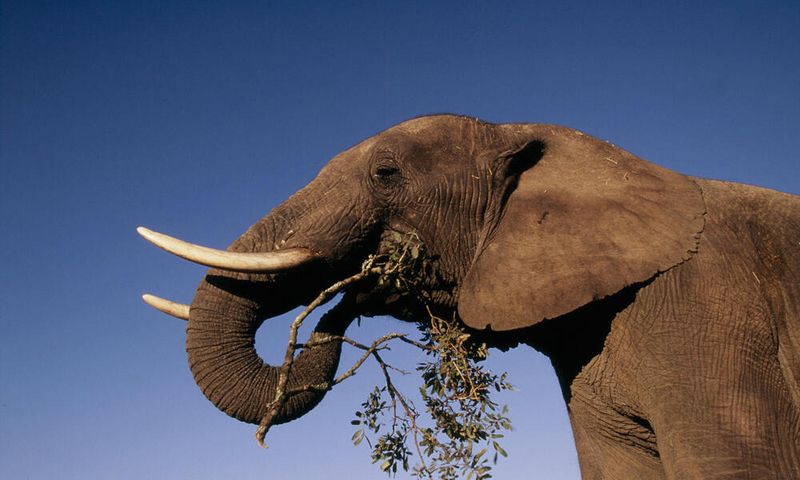
Africa’s largest land mammal, the African elephant, is known for its intelligence and strong familial bonds. These magnificent creatures play a crucial role in their ecosystem by shaping landscapes and dispersing seeds. Unfortunately, they face threats from poaching and habitat loss. Elephants’ impressive memory and social structure make them fascinating subjects for study and admiration.
Snow Leopard
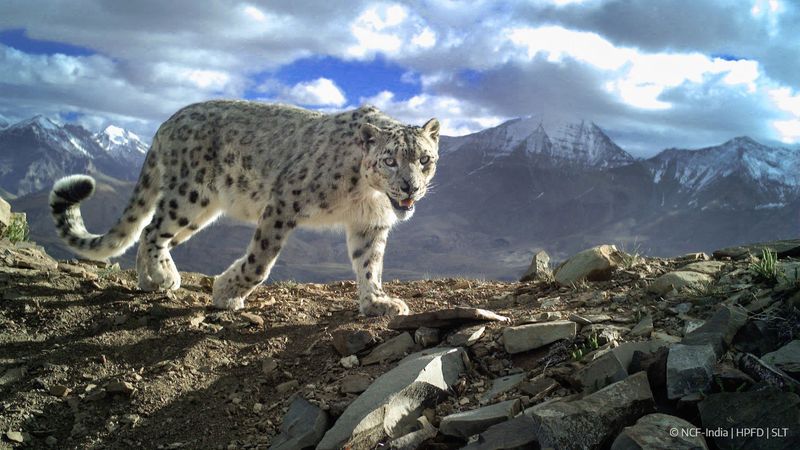
Roaming the rugged mountain terrains of Central Asia, snow leopards are elusive and solitary felines. Their thick fur and long tail aid them in surviving harsh climates. Often referred to as ‘ghosts of the mountains,’ their stealth makes them perfect hunters. Conservation efforts are crucial for their survival due to threats like poaching and human-wildlife conflict.
Bald Eagle
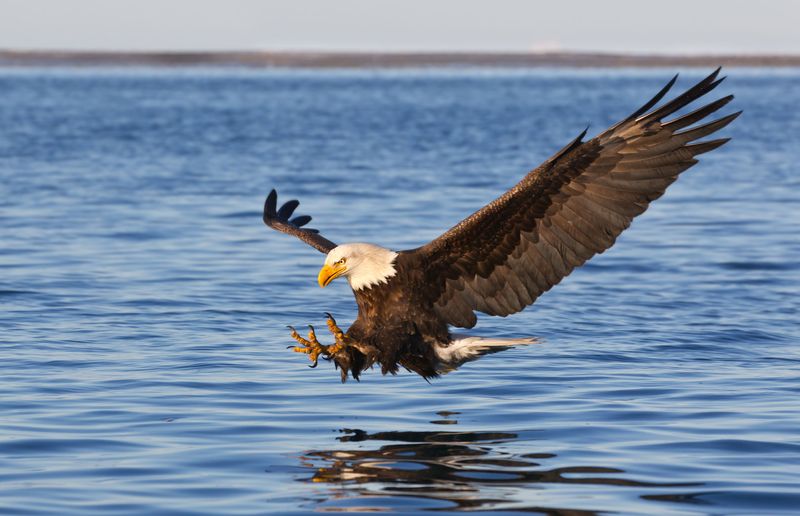
Once on the brink of extinction, the bald eagle has made a remarkable recovery and symbolizes freedom and strength in the United States. With its striking white head and tail contrasting its dark body, it is a sight to behold. As apex predators, bald eagles play a pivotal role in their ecosystem, keeping it balanced and healthy.
Blue Whale

As the largest animal ever to exist, the blue whale commands awe with its sheer size. They glide through the ocean with grace, consuming vast amounts of krill every day. Sadly, these gentle giants have been pushed to endangered status due to whaling and environmental changes. Protecting them is vital for maintaining ocean health and biodiversity.
Sea Turtle
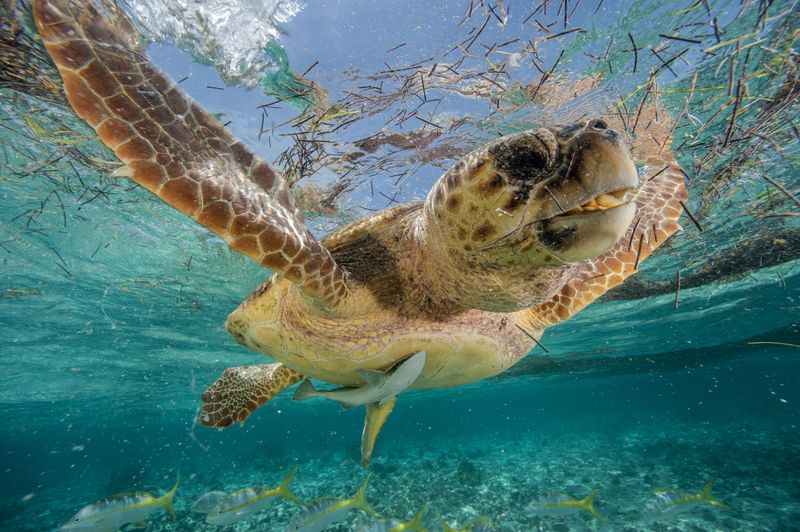
With their ancient lineage, sea turtles have roamed the oceans for millions of years. These slow-moving reptiles are crucial for marine ecosystems, maintaining healthy seagrass beds and coral reefs. However, they are vulnerable to threats like pollution and illegal fishing. Efforts to protect their nesting sites are essential for their continued survival.
Orangutan

Known for their intelligence and expressive eyes, orangutans are the ‘people of the forest.’ Found in the rainforests of Borneo and Sumatra, they are highly arboreal, spending most of their time in trees. Deforestation and illegal pet trade pose significant threats to their survival, making conservation efforts crucial.
Rhinoceros
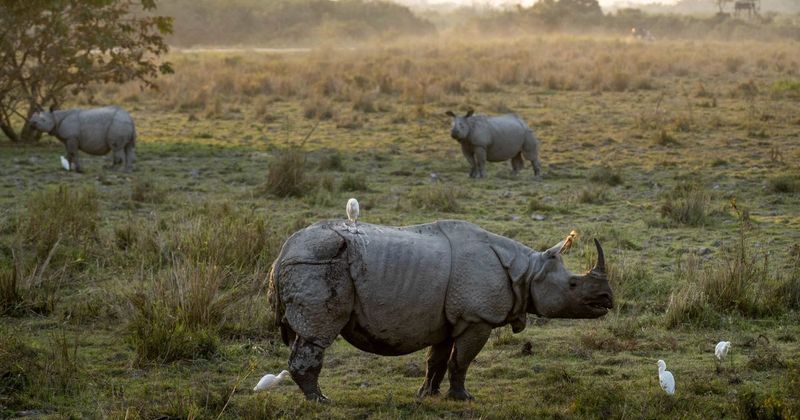
Rhinoceroses, with their formidable horns, are among the most endangered animals due to relentless poaching. They are vital for their habitats as they help shape the land and create waterholes. Protecting them is not just about saving a species but preserving the ecological balance they maintain.
Red-Crowned Crane
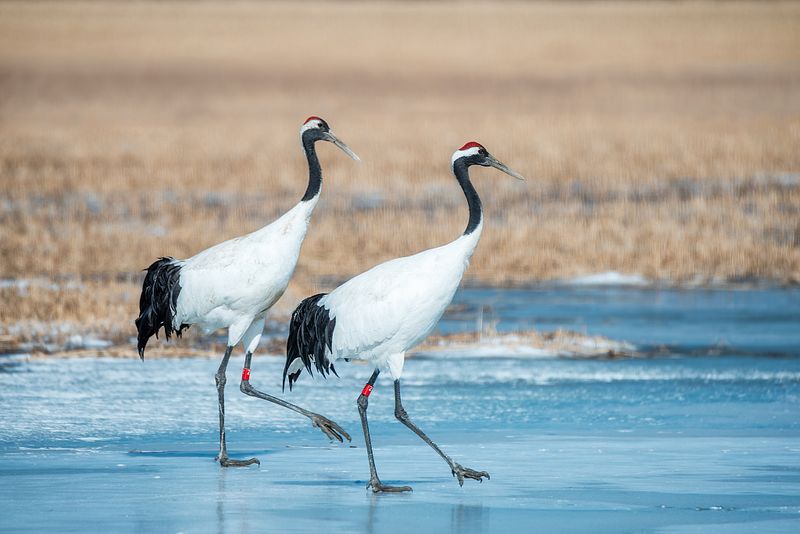
Symbolizing longevity and fidelity, the red-crowned crane holds cultural significance in East Asia. These elegant birds are known for their intricate dances and melodic calls. Wetland degradation and human disturbance threaten their existence, making international cooperation vital for their conservation.
Komodo Dragon
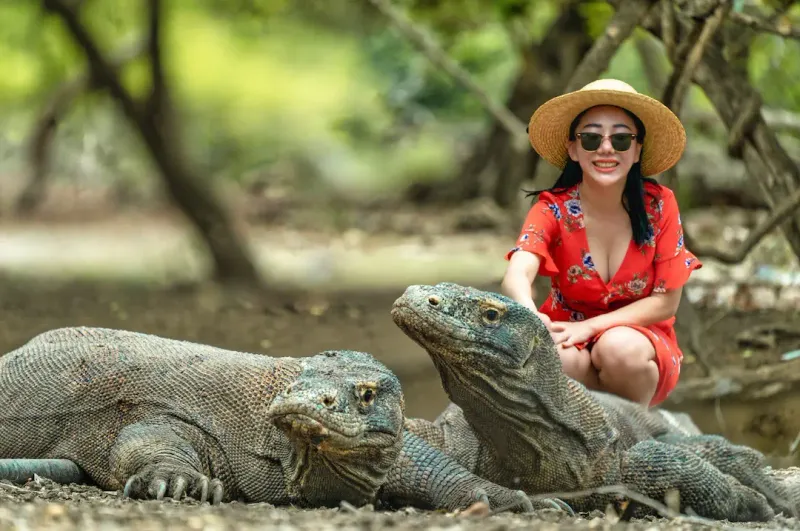
The Komodo dragon, the world’s largest living lizard, is a powerful predator found on Indonesian islands. Their keen sense of smell and venomous bite make them formidable hunters. Despite their fearsome reputation, they are vulnerable to habitat loss and natural disasters, emphasizing the need for protective measures.
Amur Leopard

Considered one of the rarest big cats, the Amur leopard faces a precarious existence in the forests of the Russian Far East. Their solitary nature and unique adaptability to cold climates make them fascinating yet vulnerable. Conservation efforts focus on preventing poaching and ensuring habitat preservation.
Hawksbill Turtle
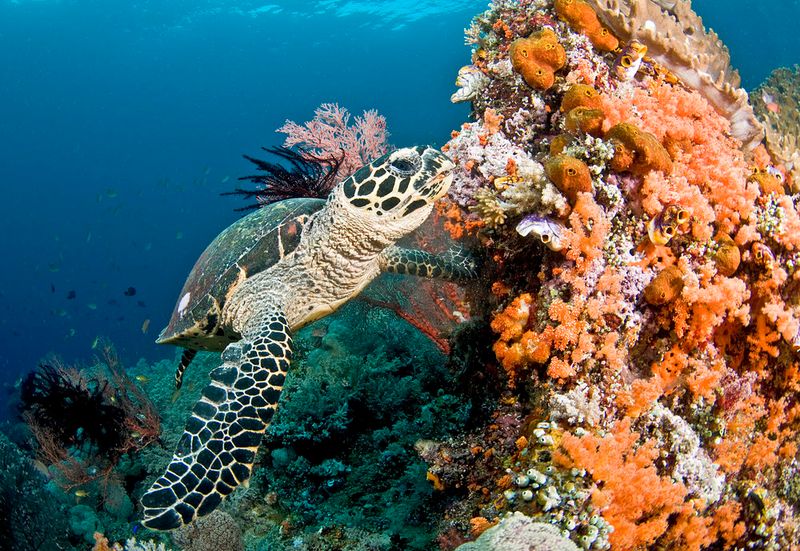
Hawksbill turtles are critical to marine ecosystems due to their role in maintaining coral health. Their beautiful shells, once highly sought after, have led to severe population declines. Conservation efforts include protecting nesting sites and reducing illegal trade to ensure these turtles continue their essential ecological role.
Mountain Gorilla
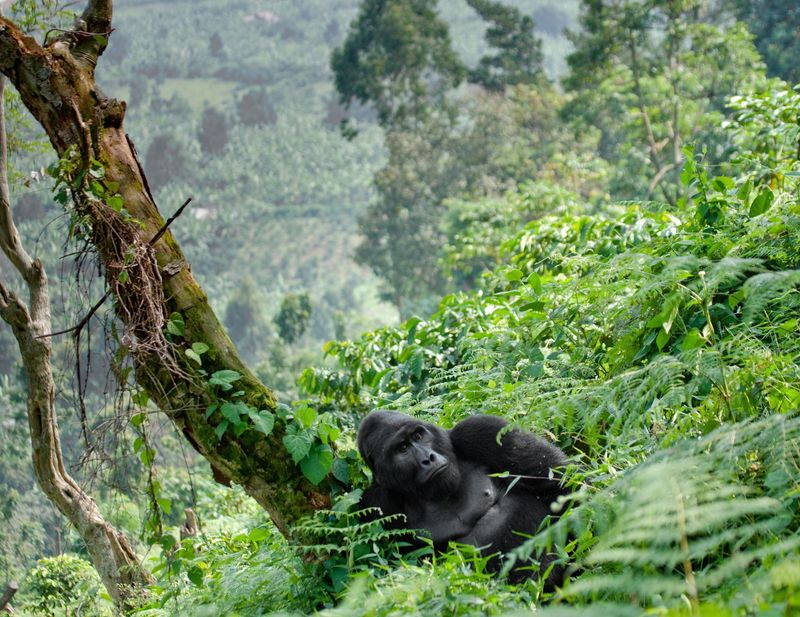
Mountain gorillas, with their robust build and gentle nature, inhabit the lush forests of Central Africa. They share a close genetic link with humans, sparking fascination and empathy. Despite their strength, they are endangered due to habitat destruction and disease, making their protection a global priority.
Monarch Butterfly
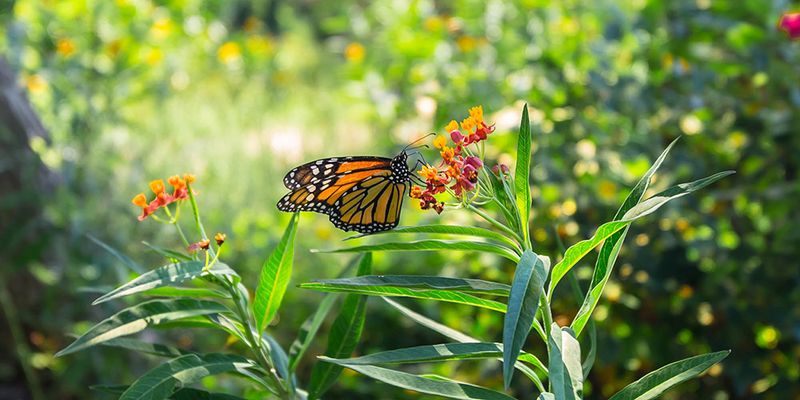
The monarch butterfly, renowned for its incredible migration journey, is a pollinator vital for ecosystem health. Unfortunately, habitat loss and climate change threaten their existence. Efforts to conserve milkweed plants, their primary food source, and protect migratory pathways are key to their survival.
Siberian Tiger
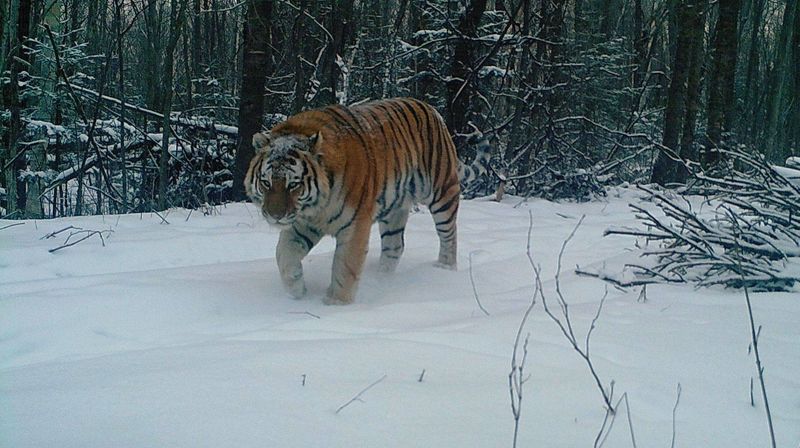
Majestic yet elusive, the Siberian tiger roams the forests of Russia and China. As the largest tiger subspecies, they require vast territories to thrive. Habitat loss and poaching have critically endangered their populations. Conservation initiatives aim to secure landscapes and combat illegal hunting for their survival.
Vaquita

The vaquita, a small and elusive porpoise, faces an alarming risk of extinction in the Gulf of California. Their population has plummeted due to illegal fishing practices. As one of the rarest marine mammals, urgent conservation actions are needed to prevent their disappearance and preserve marine biodiversity.
Iberian Lynx
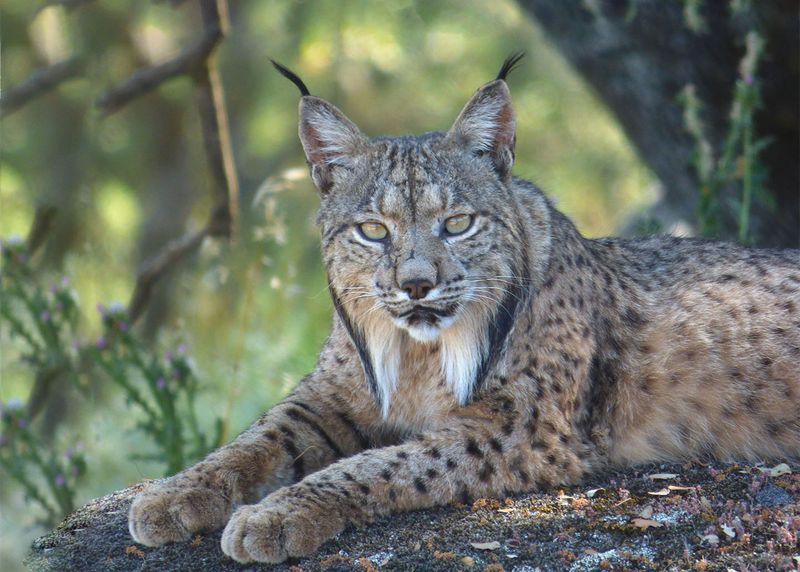
Renowned for its distinct tufted ears and spotted coat, the Iberian lynx is the world’s most endangered feline species. Their survival is threatened by habitat loss and a dwindling prey base. Conservation programs focus on habitat restoration and prey availability to stabilize and increase their populations.
Javan Rhinoceros

With its elusive nature, the Javan Rhinoceros roams the dense forests of Indonesia. Known for its solitary habits, this remarkable creature wears a coat of grey, armor-like skin. Once widespread across Southeast Asia, it has dwindled to a mere 75 individuals, making it one of the world’s rarest mammals.
Conservationists race against time to protect its habitat from encroachment and poaching. Did you know? Unlike its African cousins, the Javan Rhino sports a much smaller horn, prized by poachers. This distinction makes its protection even more challenging and crucial.
The survival of the Javan Rhino symbolizes hope and resilience in conservation efforts worldwide. Its presence ensures the health of its ecosystem, maintaining the balance and richness of its lush forest home.

